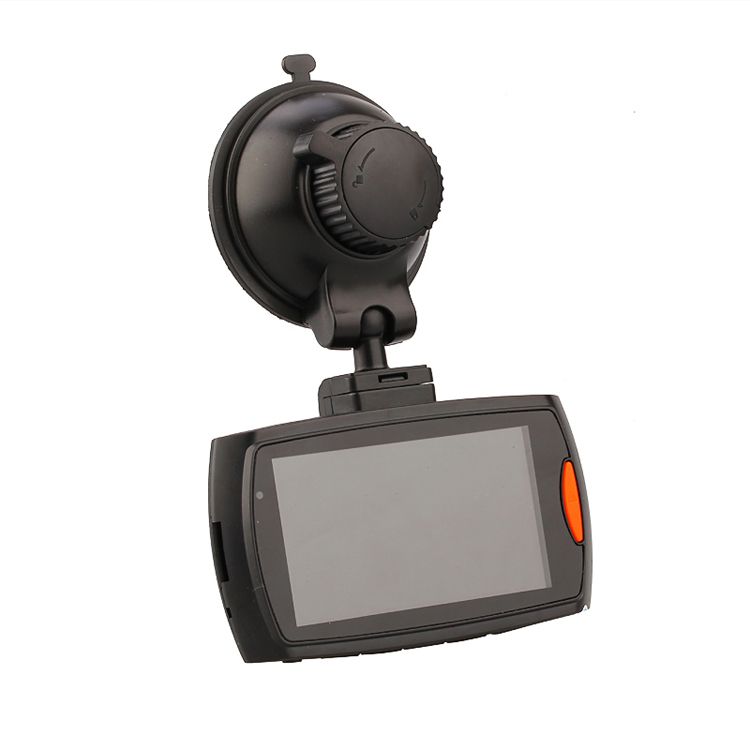

How to set a 10 second limit to video recording and in real time remove the 10 seconds old film parts - Swift iOS.Swift/iOS: Capture only the previous 10 seconds of a video recording.your samples that you can loop through. SInt16* samples = (SInt16*)(ioData->mBuffers.mData) // Step 1: get an array of LOWPASSFILTERTIMESLICE is part of the low pass filter This is an estimate, you can do your own or construct DBOFFSET is An offset that will be used to normalize

#SWIFT AVRECORDER ONLY RECORDING 1 SECOND CODE#
for a bunch of preprocessor defines in your real code These values should be in a more conventional location OSStatus err = AudioUnitRender(audioUnitWrapper->audioUnit, Static OSStatusĚudioUnitRenderCallback (void *inRefCon,ĪudioUnitRenderActionFlags *ioActionFlags, That end value will be more or less the same thing you’d get when using the metering property for an Audio Queue or AVAudioRecorder/AVAudioPlayer. Step 5: for each sample’s filtered absolute value in decibels, add an offset value that normalizes the clipping point of the device to zero. Step 4: for each sample’s filtered absolute value, convert it into decibels, Step 3: for each sample’s absolute value, run it through a simple low-pass filter, Step 2: for each sample, get its amplitude’s absolute value. Step 1: get an array of your samples that you can loop through. To meter the samples in the render callback requires six steps. I have only written/tested this for 16-bit mono PCM data so if you are using something else, adaptations might be required. This is where you can meter your samples. So, if you’ve chosen to use Audio Units and your implementation is working, you have a render callback function.

There is a metering property which you can see in the audio unit properties header and in the iPhone Audio Units docs, but it isn’t really turned on, and you can lose a lot of time discovering this via experimentation. In my experience there is just one big downside to the Audio Unit on the iPhone, which is that there is no metering property for it. If no, use AVAudioPlayer/AVAudioRecorder.

With the answers to the previous questions being no, do you still need to be able to work with sound at the buffer level?Ī: If yes, use Audio Queues or Audio Units, whichever is more comfortable. Are any of the following statements true: “I need the lowest possible latency”, “I need to work with network streams of audio or audio in memory”, “I need to do signal processing”, “I need to record voice with maximum clarity”Ī. The decision process on which technology to use is something like: A year ago they were much more of a black box. But it needs to be said that the main reason that Audio Units aren’t much harder than Audio Queues at this point is because a lot of independent developers have put a lot of time into experimenting, asking questions, and publishing their results. There are three levels of abstraction for audio on the iPhone, with the AVAudioPlayer as the easiest to use (great for 75% of cases) but with the least fine control and highest latency, then Audio Queue Services as the middle step, with less latency and a callback where you can do a lot of useful stuff, and then at the lowest level there are two types of Audio Unit: Remote I/O (or remoteio) and the Voice Processing Audio Unit subtype.Īudio Units are a little bit less forgiving than Audio Queues in their setup, and they have a few more low-level settings that need to be accounted for, and they are a little less documented than Audio Queues, and their sample code on the developer site (Auriotouch) is a little less transparent than the one for Audio Queues (SpeakHere), all of which has led to the impression that they are ultra-difficult and should be approached with caution, although in practice the code is almost identical to that for Audio Queues if you aren’t mixing sounds and have a single callback. At least, I’ve spent as much time being mystified by a non-working Audio Queue as by a non-working Audio Unit on the iPhone. It even has an API for defining rules-based recognition grammars dynamically as of version 1.7 – pretty neat! On to decibel metering: If Core Audio and iOS development is your cup of tea, you might also want to check out OpenEars, Politepix’s shared source library for continuous speech recognition and text-to-speech for iPhone and iPad development.


 0 kommentar(er)
0 kommentar(er)
